by Vani Viswanathan
Fresh from my first trip to Europe in 2011, I had waxed lyrical about the way big cities keep me in thrall in Spark’s May 2011 issue. My love affair for these places continues even as a part of me has begun to understand the lazy pleasures of a small town. In 2014, I travelled to a number of cities in western Europe, in Germany, Austria and Czech Republic. While each of these hold a special, captivating magic, Berlin stands out for the myriad of emotions it puts a traveller through.
The first thing about Berlin you notice is that it’s different from other German cities. Yes, roads are obsessively marked, rules are followed, it’s generally clean… but there’s something subversive and artsy about it. There’s also the sense that you’re in a city so intricately tied to the world history that you wracked your brains over as a student. Then there’s the pain you can still feel… of murder, of separation. There are markers of all of these feelings scattered about the city, some of which I’m trying to capture in this photo essay.
Street art and subversion
Walls filled with graffiti, artists sitting on benches and sketching, an active nightlife… Hackescher Markt (“Hacke’s Market”) was representational of Berlin in that it was different from the rest of the Germany I happened to see. It was truly a mix of cultures, people from across several borders, and apparently, a confluence of people from East and West Berlin where the effects of the borders still remain.
Also surprising was a little museum tucked in its streets, the Otto Weidt’s workshop for the blind, where many blind Jews were saved from persecution thanks to employment under Otto Weidt to manufacture brushes and brooms. The Market also has the Anne Frank centre.
Museums
Museums in Germany can generally leave you awestruck – be it the series of museums in Dresden covering physics and mathematics from the early 1100s, or the BMW Museum in Munich. The Deutsches Historisches Museum (German Historical Museum), however, deserves a special mention for its mind-boggling compilation of history from around 800 A.D. Spread over a massive space and several floors, the museum is complete with artefacts from every possible dynasty or era in the various phases of German history. What really captured me, though, was the representation of the moods of the country and the world during the World War I and II.
An Otto Griebel painting of workers singing “The International,” a song that calls workers to unite and revolt as a march towards progress. Apparently the union workers were one of the biggest threats to the rise of Nazism.
This “reconstructed” photo shows the war in progress during World War I. Since photographic equipment and situations were not conducive to taking photographs at the site of war, the scenarios were reconstructed to show public what war was like.
Blood and pain
Traces of the holocaust and the Berlin Wall are apparent throughout the city. The persecution of the Jews finds its rest in the Denkmal für die ermordeten Juden Europas (Memorial for the Murdered Jews of Europe). Large concrete slabs of various sizes are arranged in a vast open space – organized randomly, giving a visitor an uncomfortable feeling about the atrocities it represents. It’s a jungle of grey concrete where one can easily get lost.
There is also a touching memorial to the murdered homosexuals who were persecuted by the Nazis, with a clip of two men kissing. The note by the memorial states that the German society has an especial responsibility towards the protection of homosexual rights across the world, given its history.
Also spread across the city are vestiges of the Berlin Wall and the separation of the city into East and West. While parts of the Wall are concentrated in Bernauer Strasse, a street through which the Wall ran, there are tints of the separation one can observe all along. For example, there are metro stations which, upon separation, fell under Eastern Berlin and became “ghost” stations, as West Berlin trains didn’t stop here and therefore no people boarded trains there.
Stories of separation and escape from East to West abound in the memorial situated in Bernauer Strasse. The Eastern German force spent considerable time and money in making better the surveillance systems along the wall, with each successful escape attempt triggering serious studies into what lapsed and what could be improved.
One touching scene I remember is that of a newly-married couple from the West, with the bride’s parents in the East. The parents couldn’t attend her wedding, and all they got was a glimpse of the couple from an apartment on Bernauer Strasse.
Berlin is replete with such moments in history, scattered across the city but well-preserved, nevertheless. I suppose part of why I really enjoyed the city was that I fell in love with it even before I set foot there: I was watching a documentary on the fall of the Wall on the train to Berlin, and unnoticed, a teardrop found its way down my cheek as I saw people cheering and crossing the border into the West for the first time in decades. A city that has gone through so much turmoil in its history, up until a time when I was born, surely should hold some magic for me!

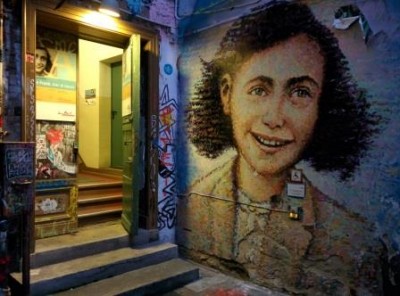
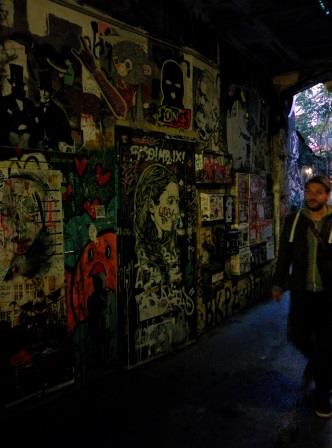
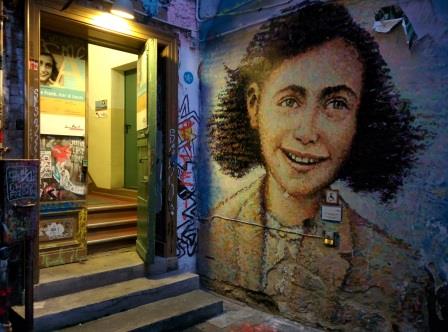
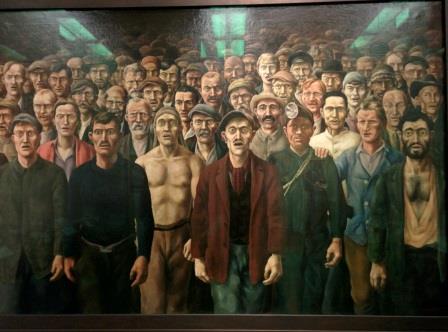
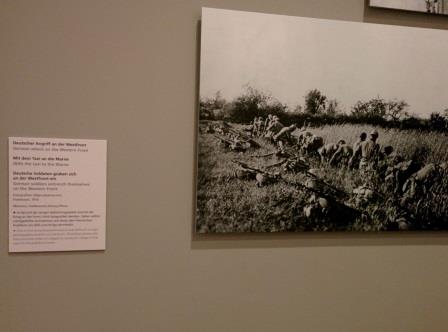
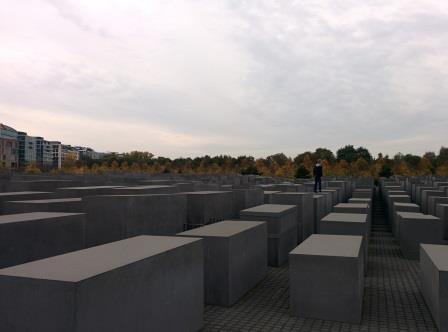






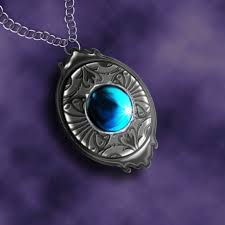
Thank you, Mr. Danda and Divya! 🙂
Evocative writing Vani. Ive been waiting to see more pictures of trip and this was perfect. Berlin, which I’d never really thought of as a possible destination is now on my list 🙂
A nice piece of chocolate from the Chennaigal. It brought back sweet memories of our own visit to Germany.